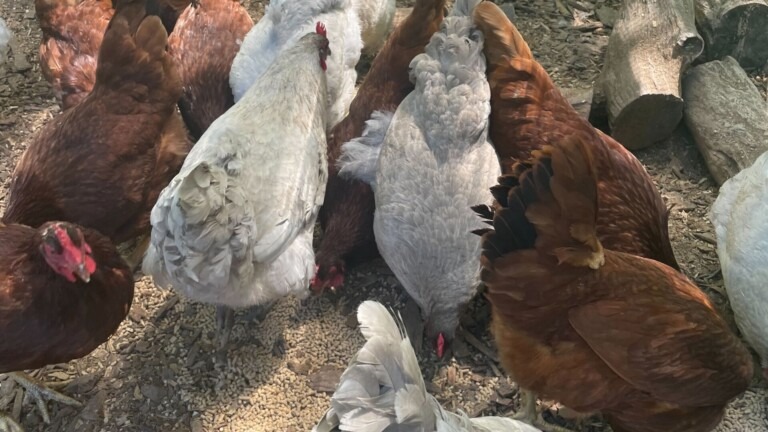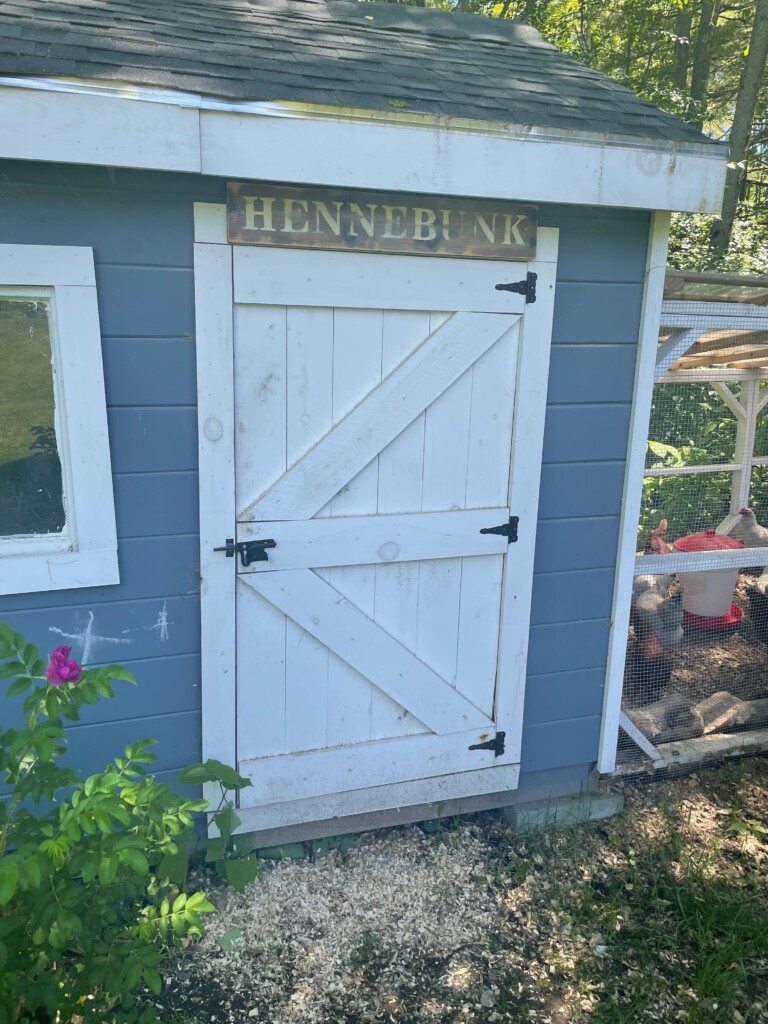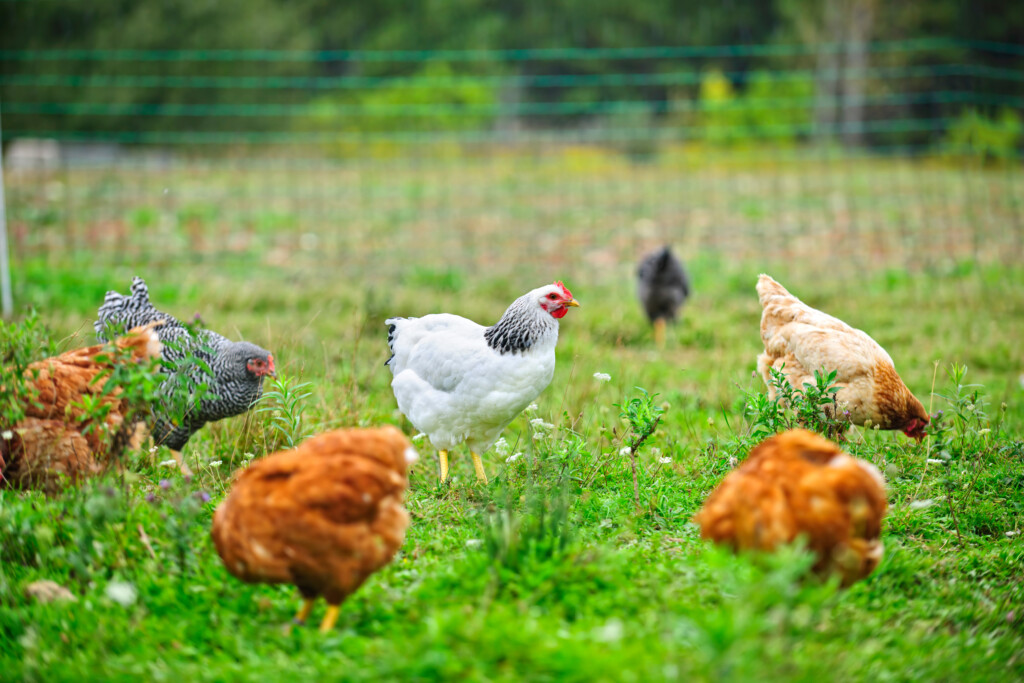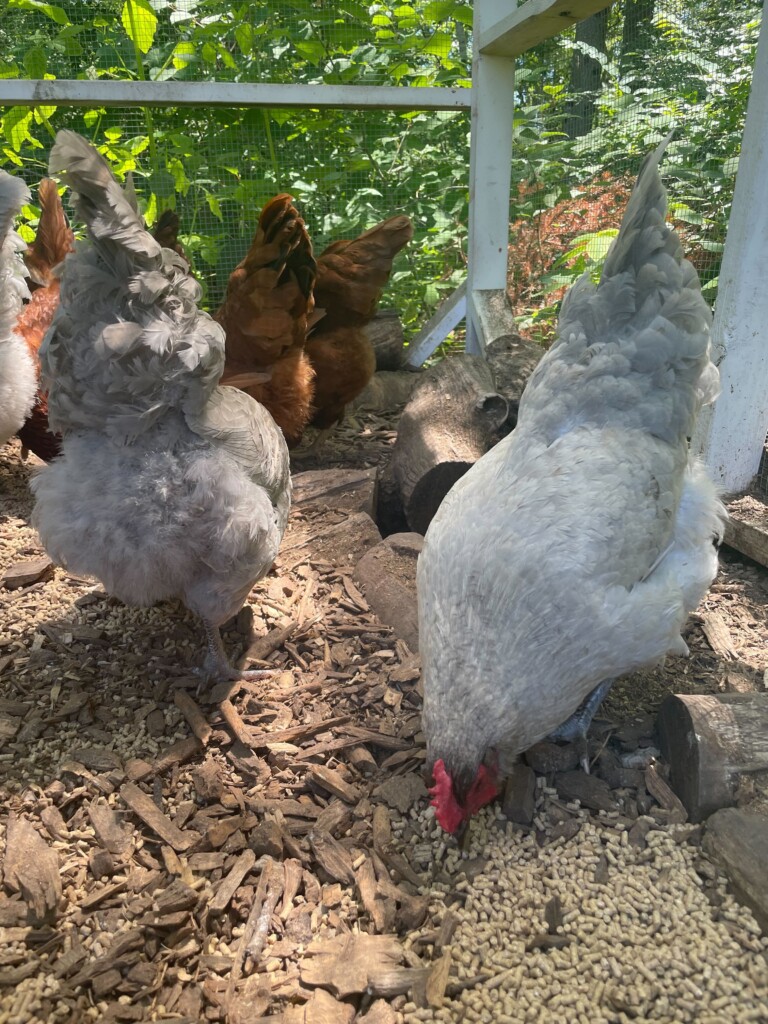Smart AG: Using IoT to Build a Better Chicken Coop

One of many unforeseen side effects of the COVID-19 pandemic was the rise in popularity of backyard chicken coops. Faced with difficulties going to grocery stores and rising costs of food, many people sought out the means of becoming self-sufficient. I myself was one of those that took the poultry plunge, and currently have 19 chickens residing in my backyard – though I started with 20. Had I leveraged smart AG IoT solutions, however, the flock may still be whole.
When you think of a high-tech IoT deployment, a chicken coop is probably far from the first thing that comes to mind. Yet a henhouse is a perfect application for a simple IoT deployment with cellular connectivity that can provide a lot of added value to a small flock at home, or even a full-fledged farm.
We will look at the how soon enough, but let’s first discuss a reason why.

Simple IoT Sensors Can Save Chickens’ Lives
Winters in my Maine home are cold, and I anticipated my flock would have a hard go of it. Not wanting to find a place inside my house for 20 chickens during the winter months, however, I needed them to tough it out in the coop through some hard weather. There were a few weeks when the temperature dropped below 0° Fahrenheit, and I was truly worried that I had spent a year feeding, raising, and growing attached to my flock, only for them to freeze to death.
Eventually, I purchased some heat panels to try and keep the temperature up as best I could, but I was basing my temperature data on a basic thermometer outside, not within their environment in the coop. Unfortunately, the result was that one chicken didn’t make it through the winter. In a small flock, losing 5% of your birds is a relatively acceptable loss, but when the numbers multiply, 5% can be an unacceptable cost for farmers year over year.
With a relatively simple IoT application and a cellular connection, these environmental conditions can easily be monitored and circumstances could easily change. An Arduino device, with a temperature and humidity sensor and a Soracom SIM card, could easily relay near real-time data about just how cold (or hot) it was within the chicken coop. This data can then be visualized within Lagoon to show how the temperature fluctuates between night and day, and alerts can also be set to notify when the temperature drops below a certain point. This data can then be used to inform preventative measures to ensure a more hospitable environment so your flock can survive the season.

Tracking Livestock is the Cornerstone of Smart AG
If your chickens are like mine, they are confined to a coop and a run, meaning the risk of one wandering off is relatively low. However, if your chickens are free-range, or you are raising something larger, keeping track of your livestock is crucial. A wandering chicken may not seem like too big of a deal to some, but wandering cattle, sheep, or goats may justify tracking solutions.
A wearable IoT device equipped with a GPS tracker can quickly locate a lost animal and allow you to bring them back to safety, away from any predators that would look to make an easy meal from a lost friend, saving time and money.
Atmospheric Sensors Can Prevent Gas Buildup
Chickens in a confined area create a lot of waste – and a lot of waste means a lot of methane and ammonia. In low enough doses, these gasses won’t directly impact the health of the flock, but allowing them to build up can be dangerous. It can affect their quality of life, productivity, and create a less than pleasant aroma for anyone around the coop. That’s not even mentioning the impact that these gasses can have on the environment.
Attaching a methane sensor to your Arduino can help you know when your coop needs a good cleaning. A clean environment helps promote the health of your flock and creates a more pleasant atmosphere for anyone around the coop itself. Ammonia can potentially be very harmful to chickens, with an excess leading to potentially deadly effects on your flock. As such, monitoring the levels of the gas, and properly venting before they get too high, can also be important to maintaining a healthy coop.

Understanding the Total Cost of Ownership of Smart AG Solutions
So how does this translate to value for the consumer? Well to understand that we need to look at the total cost of ownership of a “smart poultry” installation. After all, IoT applications aren’t free, but the benefits are certainly compelling.
To start, it’s important to note that raising livestock to the point that they start producing is expensive. On average, it takes 18 weeks for a single chicken to start laying eggs. That’s 18 weeks of feed and water and electricity to keep them warm. On top of keeping them alive and healthy, the additional expense of a connected IoT solution can be a challenge – especially if the installation requires a data plan. Depending on where your devices need to be located, a Wifi signal may be out of reach, making a cellular connection your best option.
Fortunately, there are some solutions to help temper the cost of IoT connectivity, You can save energy by limiting how often your device is requesting and sending data. Chickens (and other livestock) do not need to be monitored in real-time, so minute-to-minute GPS updates and constant methane level checks likely aren’t necessary. Devices can be configured to power on, read and send data at less frequent intervals and then power off to conserve battery life and cut down on data costs.
Understanding the potential costs of a more secure chicken coup, and then comparing that with the potential losses you may suffer otherwise is essential for getting the most out of your poultry operation. Smart AG solutions like IoT sensors can help you get there.
………………
Got a question for Soracom? Whether you’re an existing customer, interested in learning more about our product and services, or want to learn about our Partner program – we’d love to hear from you!



